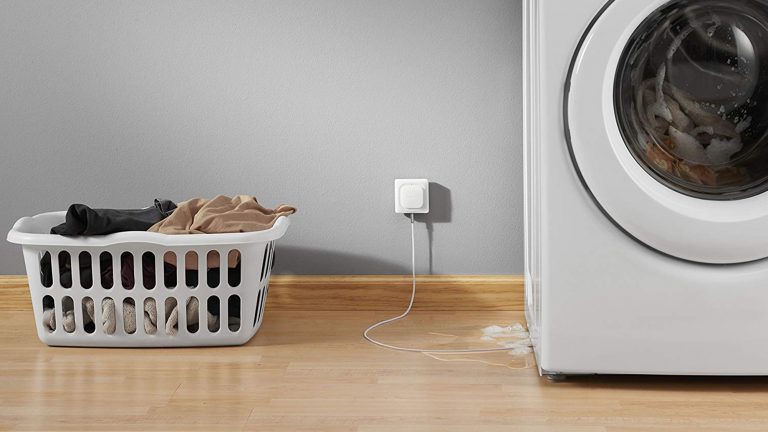If you suspect you have a water leak, taking quick action is important. Water damage can ruin the appearance of your home, create foul odors, can stop toilet flushing, and encourage mold and mildew to grow. Finding leaks as early as possible will help you preserve the state of your home.
Leaky pipes and faucets can make noises that can help you track the leaks down. Listening out for the sounds of water dripping will help you identify problem areas. Keep in mind that while dripping indicates a leak, the source may be elsewhere. Leaks that penetrate your walls can cause dripping noises to appear in seemingly random areas of your home. A professional plumber will use listening devices that help them detect the origin of leaks.
For more information, let’s go over other techniques to identify a water leak in your home.
1. Analyze Your Walls
Paying attention to small details around your home can help you track down water leaks. If you notice a change in the appearance of your walls, there’s a chance a leak is on the other side. Leaks can cause stains on your walls which come from the presence of condensation. These yellow and brown stains are a sign that the drywall is wet and soaking through to the front. Repaint your walls once the repairs are done.
Bubbling wallpaper is another sign that water is interfering with your walls. Water can cause the drywall and paint to start to bulge and bubble. Finally, look out for warm spots on your walls that can potentially indicate a hot water leak.
2. Your Water Bill
Investigating your water bill will help you account for water usage and identify discrepancies that show you have a leak. Your monthly water bill should be predictable within a few dollars. If your invoice has increased significantly lately, there’s a good chance you have a leak somewhere in your home. Try analyzing your past bills to see how much water your household uses on average every month. You can use this number as a benchmark to help you identify extra use.
You can also monitor the water meter outside your home to spot unintended water use quickly. Write down a reading from your water meter and wait a few hours without using any water in your home. If the number has changed after waiting, it’s worth getting aggressive with your leak hunt.
3. Look at Your Lawn
Believe it or not, your lawn can give you some clues to help you spot leaks. If you notice that certain areas of your lawn are much greener than others, there may be a buried water line leaking. Puddles are another clue your lawn can leave behind. If you notice certain spots are prone to puddles, there may be a leak nearby. Looking for water where it shouldn’t be is a technique that will help you detect a water leak.
4. Check Floor Tiles for Leaks
If your bathroom or kitchen has tile, it’s worth checking your floors for leaks. When water soaks through grout or caulking, water will start to seep through the spaces in your tile. If you notice random tiles are suddenly loose, there’s a good chance the grout is breaking down. When inspecting your bathroom, look for stains on your ceiling as a sign that you have a leak in the room.
5. Check Appliances
If you think you might have a leak, it’s worth taking the time to inspect the different appliances in your home. Take time to examine the cabinets under your kitchen and bathroom sinks to make sure everything is dry and that there’s no damage to the pipes. You can also find leaks by looking around the base of your showers, toilets, and tubs, all of which are high-risk areas for water leaks. If you notice water pooling or dripping, turn off the water supply to avoid losing any more water and start the repair process.
6. Test for a Toilet Leak
One of the best ways to quickly find out of your toilet is leaking is by using food colouring. All you need to do is put a few drops of food colouring in the toilet tank. If you notice the food colouring showing up in the toilet bowl, you have a leak. Most of the time, this type of leak has to do with the toilet flapper, which becomes brittle with age.
7. Check Your Hot Water Tank
Another area to inspect while hunting for leaks is your hot water tank. Similar to checking the water meter outside your home, you can take note of the hot water tank reading and use it to determine if you have a leak. If the number increases while you stop using hot water in your home, then you have a leak. Identifying hot water leaks early will help save you money in repairs.

